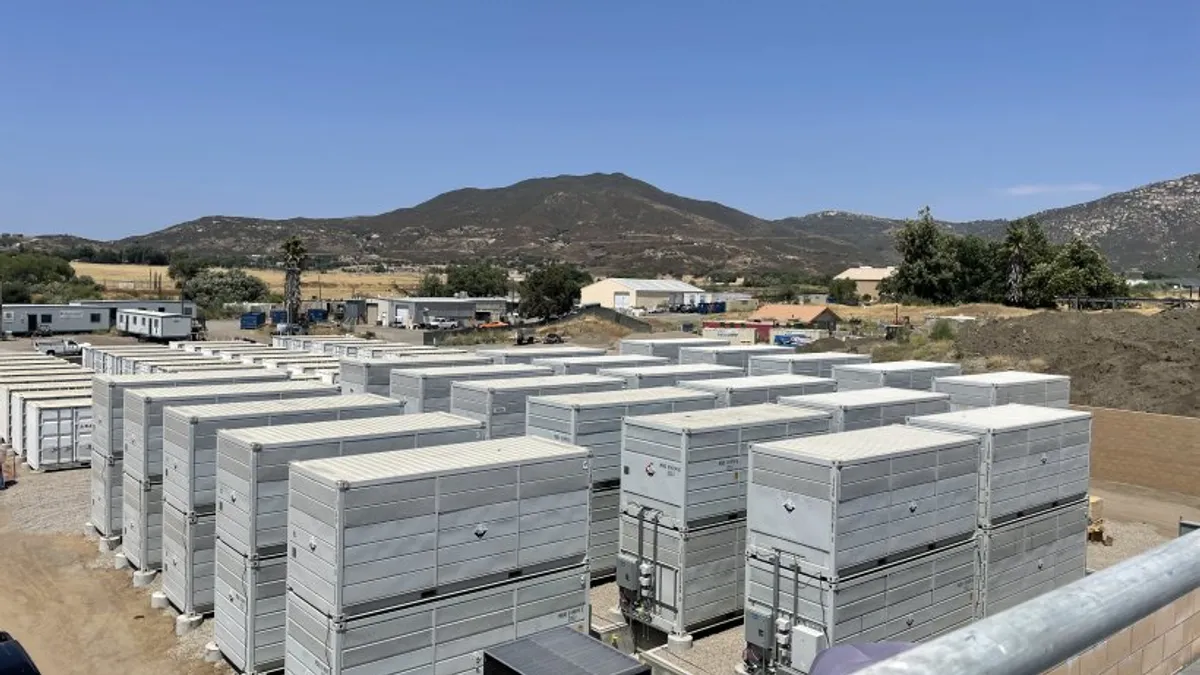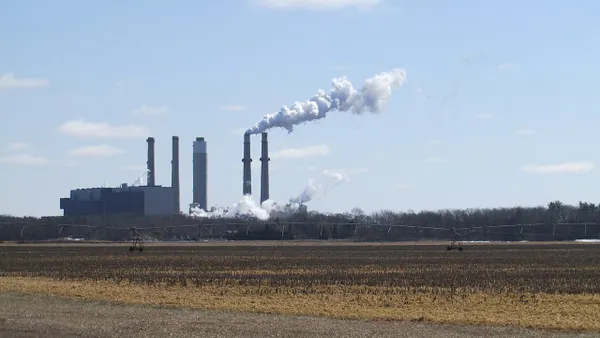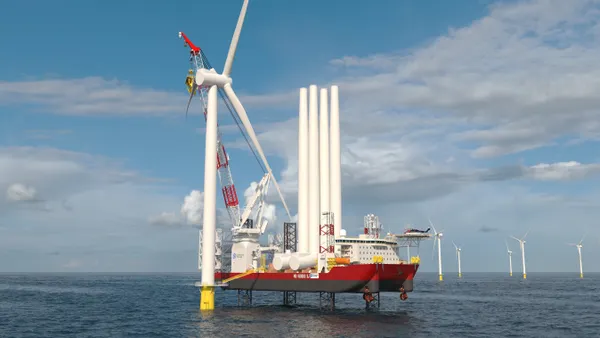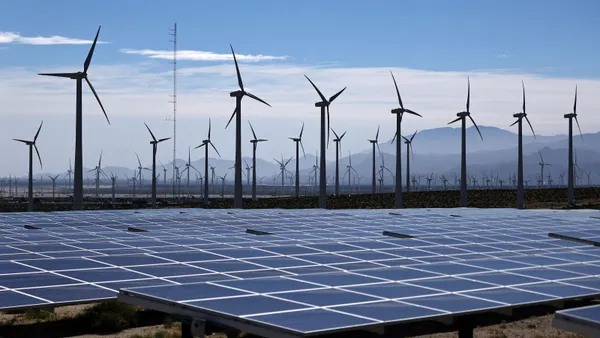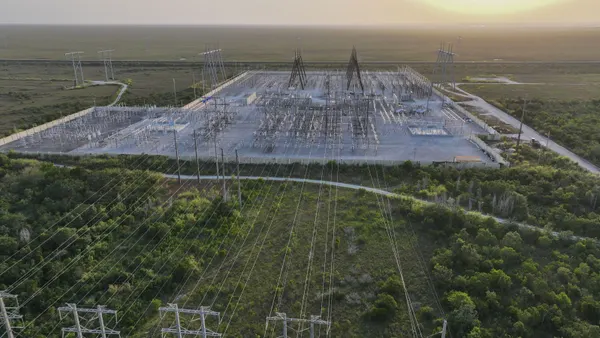Dive Brief:
- The Department of Energy’s Tribal Energy Financing Program, or TEFP, has closed on one loan guarantee — and no loans — since its first solicitation in 2018, pointing to “barriers to participation,” according to a U.S. Government Accountability Office report made public on Sept. 2.
- High review costs and reduced program staff have limited reviews and participation, according to the report. “Tribes may avoid applying for the program until DOE revises its review processes,” it said.
- TEFP is managed by the Loan Programs Office and it “remains open for business,” a DOE spokesperson said in an email. LPO has provided corrective action plans to the GAO which will commence immediately and be completed by June 30, 2026, according to the agency.
Dive Insight:
The tribal energy program has received 20 applications for loans and loan guarantees over the last eight years, according to the GAO report. Of those, only one loan guarantee — for a solar and long-duration storage microgrid project on tribal lands of the Viejas Band of Kumeyaay Indians in California — has crossed the finish line.
DOE closed a loan guarantee in 2024 for the $100 million Viejas microgrid project. Indian Energy is aiming for the microgrid to be operational this year, pairing 15 MW of solar with 70 MWh of long-duration storage.
But the Viejas project is an outlier among the billions of dollars in projects TEFP has considered.
The TEFP program is important because a “lack of access to capital and other unique challenges in tribal communities” have created barriers to developing energy projects, the report said. However, “tribal applicants experience systemic barriers to accessing federal programs, funding, and services such as administrative burdens and financial constraints.”
GAO recommendations to improve the program include for the LPO to direct staff to “implement proposed program changes to reduce the length and complexity of the application process for Tribes.” DOE should also ensure that the LPO “consistently maintains designated staff” reviewing TEFP applications and should “provide additional training to build tribal competence and knowledge of tribal energy finance,” the recommendations said.
DOE responded to the report, agreeing with each recommendation. The loan office “continuously evaluates its staffing needs across its divisions for reviewing applications” and will ensure it is staffed “within the current resources available to LPO,” it said in comments included in the report’s appendix.
“Additional training to build tribal competence and knowledge of tribal energy finance will be included in LPO’s annual assessment of its staff training needs,” DOE said.
The report was developed at the request of Sen. Lisa Murkowski, R-Alaska. Native villages in Alaska, as well as Alaska regional and village corporations, are eligible for the TEFP program.
“I appreciate the GAO for recognizing the potential of this program and for addressing my request to ensure it effectively addresses the obstacles faced by underserved Tribal communities – just as the program was intended,” Murkowski said in a statement. “I anticipate the recommendations from this report will be important to our discussions in our committee hearing ... on Indian energy.”
The Senate Committee on Indian Affairs has scheduled an oversight hearing Wednesday titled “Unleashing Indian Energy” to examine the effectiveness of DOE programs.



